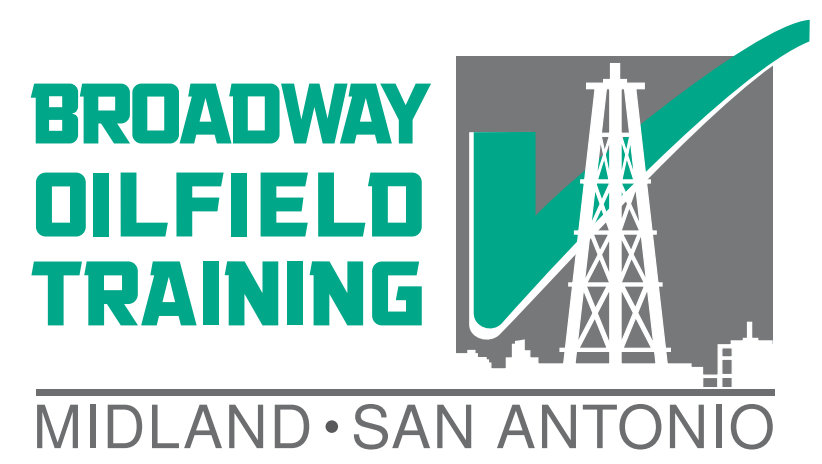Click Here for Free Online H2S Training at WWW.Oilfield.Training
BREATHING ZONE FOR H2S MONITORS
One aspect of H2S personal safety that seems to cause much unnecessary confusion, especially with more experienced workers, remains with placement of the H2S gas personal monitor. OSHA recommends placing the H2S monitor within the breathing zone, ideally on the shirt collar. In “Section D. Overview of the Sampling Process,” OSHA defines the breathing zone mounting area more completely as the 6-9-inch hemisphere in front of the person. At Eagle Ford Training San Antonio, when we do our H2S certification we bring out a set of FRC coveralls to demonstrate good points for mounting an H2S monitor.
THE BELT
The feedback from older workers, however, continues to show examples where preferences for wearing H2S monitors outside of the breathing zone still exist. The most popular that we hear routinely in the well servicing arena is that: the monitor should be worn on the belt because H2S gas is heavier than air and will alert at the belt before it does reach the breathing zone. This is technically true that H2S by itself is heavier than air, but in the case of those in the well servicing industry, I would remind them that H2S is soluble in other chemicals such as water and natural gas. Many workers have the experience of getting oilfield water or natural gas on them. In the case of oilfield water, soluble H2S can break out once it hits another surface and shears, or it can absorb into a person’s skin. In the case of natural gas with dissolved H2S, the resulting composition will likely be lighter than air and remain as deadly. In both of these cases, the best placement of the monitor remains within the traditional breathing zone to capture hydrogen sulfide where it is most dangerous.
THE BOOT
Another location that we hear about somewhat less often is on the boot. The reasoning given is somewhat similar to above: if you are descending into a tank this will catch the heavy H2S first. Again, they aren’t wrong to note that H2S is heavier than air, however, the presence of hydrocarbon or other light soluble gasses could pull the hydrogen sulfide to the top of the tank in lethal amounts. If H2S were to gather at the top of the tank and the monitor bypassed that area very quickly then it could potentially fail to alert the worker to dangerous levels of hydrogen sulfide. It’s important to note this as well as the potential for fouling up the inlet on the monitor, causing improper operation.
SAN ANTONIO H2S TRAINING PRACTICE
In our opinion, these practices are followed well, when taught properly, by green workers. We feel that it is the more experienced workers that can tend to become somewhat laxer or try to outsmart the risk. Good training practices should continually show the best practices and the reasons for putting them in place in a personal way for each worker. This will bridge the gap in H2S certification in knowing how to be safe to knowing why.
Recommended Training: H2S Class Online
Notice: Article is provided as is and for informational use only. Eagle Ford Training San Antonio, its owners, instructors, and affiliates hereto referred as the company shall have no liability for and you shall defend, indemnify and hold harmless from and against any claim loss demand, liability, obligation, and expense based upon any injury or damage, spill or pollution, product liability, or any other loss that may occur. The liability for the use of information is solely yours notwithstanding any act of error or omission by the company.
